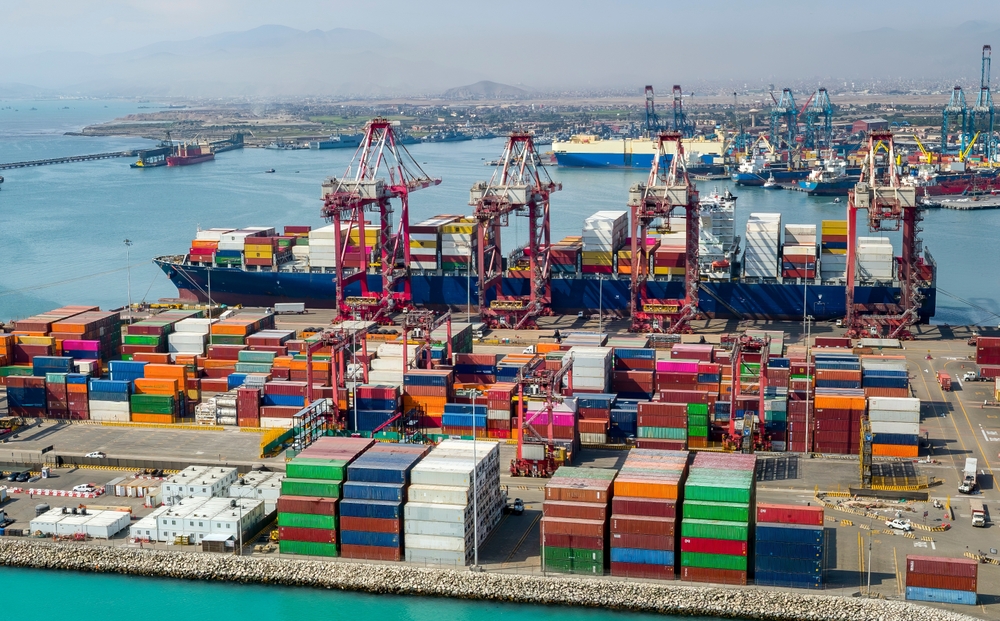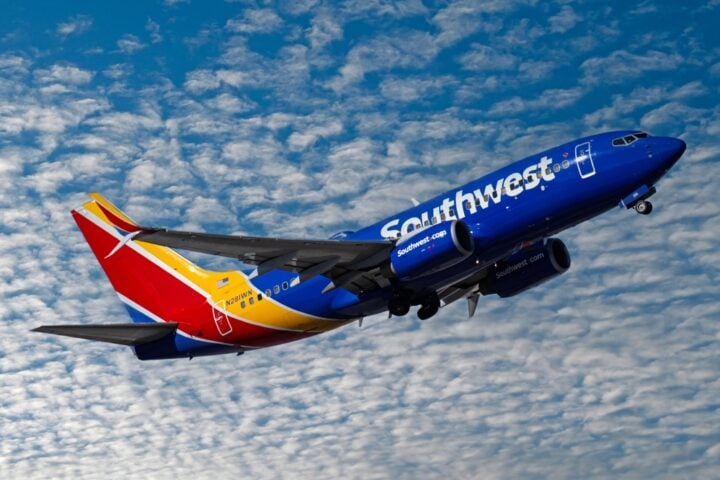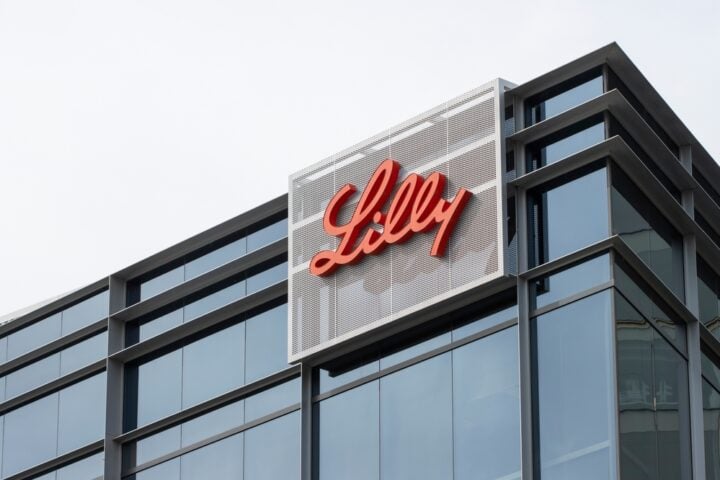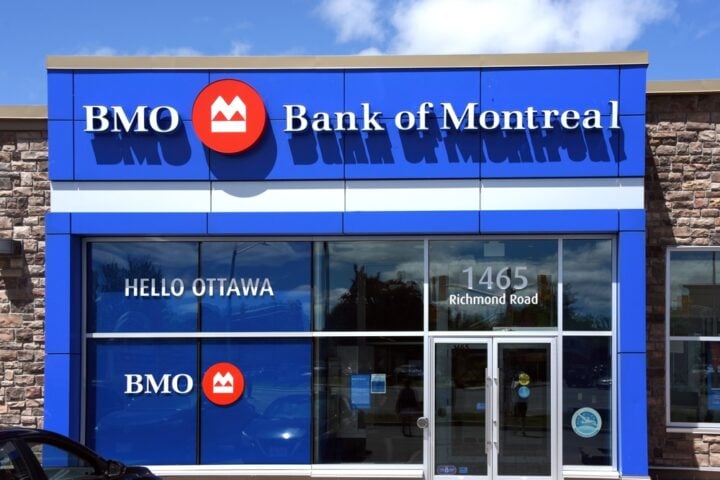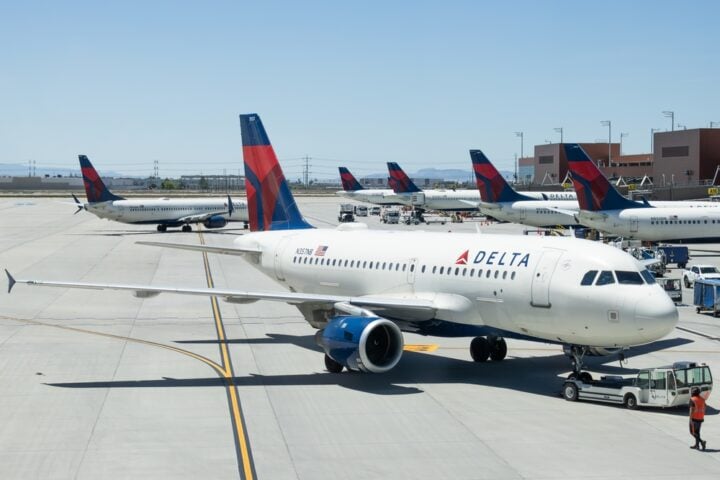Peru’s coastal town of Chancay is undergoing a monumental shift as it transitions from a humble fishing village into a significant player in global trade. Backed by a $1.3 billion investment primarily from Chinese shipping titan Cosco, Chancay’s new deep-water port is poised to enhance economic ties with Asia. However, this development comes with mixed reactions and serious challenges for local residents.
A Strategic Port with Big Ambitions
The Chancay Port project, located 60 kilometers north of Lima, was inaugurated with much fanfare, featuring a ribbon-cutting ceremony watched by China’s President Xi Jinping and Peru’s President Dina Boluarte via livestream. Set to be fully operational in January 2025, the port will serve as a crucial transshipment hub, expediting the export of key South American products like Peru’s blueberries, Brazil’s soybeans, and Chile’s copper to Asia. It is expected to draw more than $3.5 billion in total investment over the next decade.
Local Skepticism Amidst Promises of Prosperity
Despite the project’s potential to generate millions in revenue and transform coastal cities into special economic zones, the residents of Chancay are voicing concerns. Fishermen report significant impacts on their livelihoods, pointing to the dredging activities that have disrupted fish breeding grounds. Rafael Ávila, a local fisherman, lamented the necessity of traveling further to catch fish, which now requires more costly equipment.
Economic Inequality in Focus
The contrast between the modern infrastructure of the port and the poverty-stricken town of Chancay is striking. With many residents living without basic amenities such as running water, the promises of economic uplift remain met with skepticism. Rosa Collantes, a resident, expressed her frustration over the port’s perceived benefits: “People come to the port and say, ‘Wow, tremendous!’ but they don’t see the reality.”
Future Prospects and Environmental Concerns
While authorities, including Cosco’s project managers, acknowledge the need to bridge the gap between the port’s modern facilities and the town’s inadequate infrastructure, residents fear potential environmental hazards. Memories of the 2022 oil spill at La Pampilla refinery are fresh, fueling apprehensions about pollution and oil spills from the port’s operations.
Port authorities assert that plans are underway to integrate the port’s success with local development, aiming to reduce inequality and promote regional growth. However, for now, Chancay remains a town caught between the promise of economic advancement and the reality of disrupted livelihoods and environmental risks.


